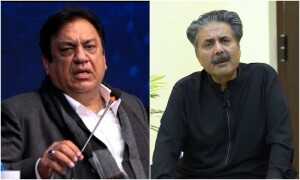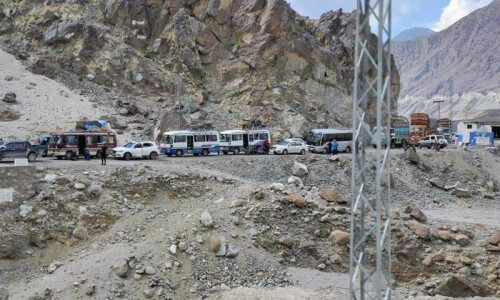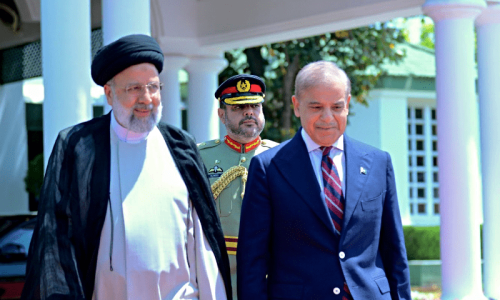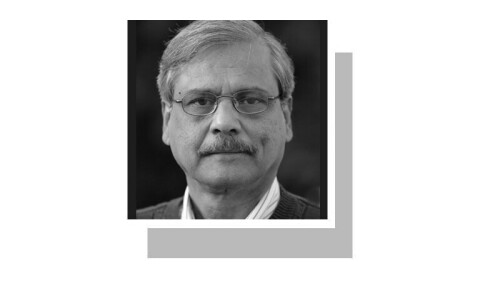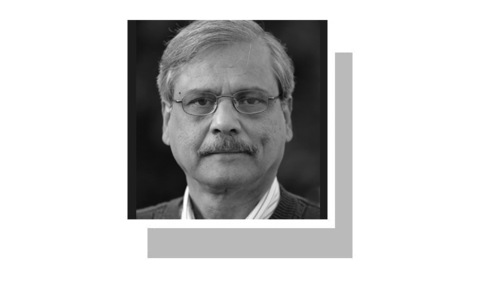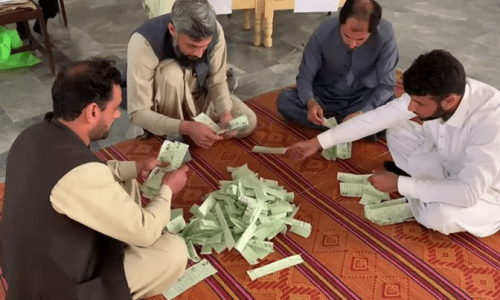A shocking attack that missed its target but claimed the lives of at least two others on Eid day in Karachi has revealed a dangerous and apparently growing dimension of militancy in the country.
Sindh MPA Khawaja Izharul Hassan, a senior leader of a faction of the MQM, survived the audacious attempt on his life on Saturday, but the alleged mastermind escaped the scene of the attack.
Believed to have been injured in the attack, the militant belonging to a new outfit, Ansarul Sharia Pakistan, was quickly identified by the Sindh police: Abdul Karim Sarosh Siddiqui, a former student of the University of Karachi.
The involvement in militancy of young individuals from the mainstream-education system is not a new phenomenon. Saad Aziz of the Safoora Goth carnage was a student of the Institute of Business Administration, Karachi, while Noreen Leghari, an MBBS student of Liaquat University of Medical and Health Sciences, Hyderabad, has been implicated in ties with the militant Islamic State group.
What is clear is that the higher education system in the country remains thoroughly ill equipped to either curb extremism among students or identify individuals before they are able to go on to commit violent crimes. In the wake of the latest Karachi attack, Sindh Chief Minister Murad Shah has claimed that a security audit and verification system will be introduced in the province to try and identify students with militant and terrorist leanings. That may be a welcome move, but it will need to be carefully implemented.
The blunt instrument of the state should not be used against young people who may simply have an educational interest in different ideologies or want to practise a different kind of politics to what the state condones. The focus must be narrow and precise: religiously inspired militants who are on the path of violence against state and society, be they so-called lone wolves or part of an established network of militancy.
The measures that need to be taken cannot be limited to the campus either. The physical and online networks of jihad must be monitored more closely. After more than a decade of fighting militancy, why is it still relatively easy for individuals seeking to join militant groups to do so?
Surely, as the militancy evolves, the state’s response in fighting it must evolve too. Finally, there is the original reality ie madressah networks through which a great deal of recruitment and facilitation of militancy occurs. The emergence of a new challenge does not mean long-standing threats can be ignored. More effort is needed on all fronts.
Published in Dawn, September 5th, 2017






